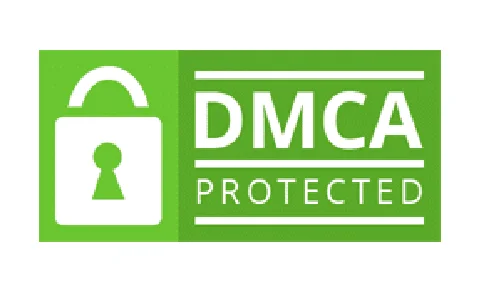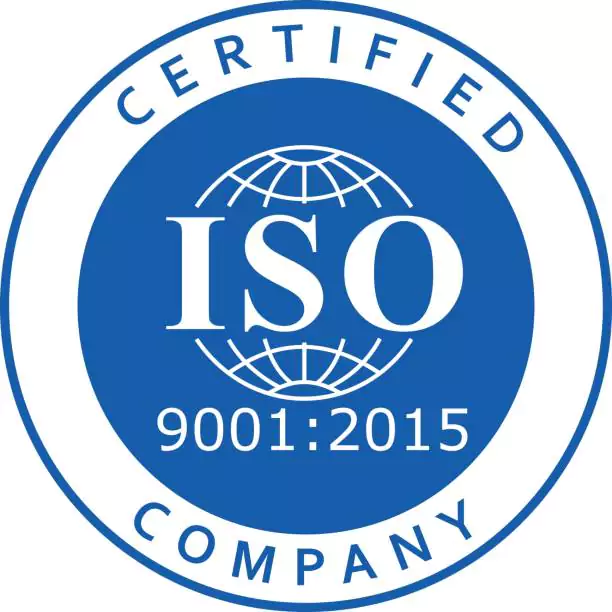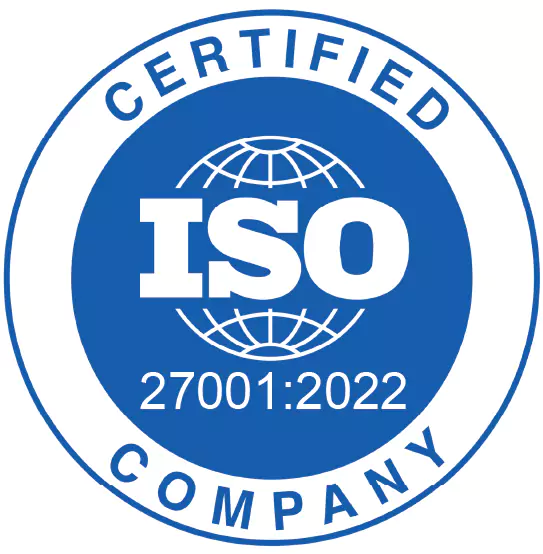The passive electronic components market is estimated to be valued at US$ 32.45 Bn in 2024, exhibiting a CAGR of 5.3% over the forecast period (2024-2031). The growing demand for miniaturized electronic devices and proliferation of consumer electronics are some key trends driving the growth of the passive electronic components market. The wearable devices segment is anticipated to grow at a higher CAGR during the forecast period owing to the increasing demand for smart watches, fitness bands, and other wearables.
Market Dynamics:
Rapid digitalization and increasing disposable incomes have led to higher sales of consumer electronic devices such as smartphones, laptops, refrigerators, etc. This rising demand for consumer electronics fuels the need for passive electronic components.
Manufacturers are focusing on developing compact and miniaturized electronic devices to improve portability. This has resulted in the growing adoption of miniature passive components such as 0402 and 0201 size chip resistors and capacitors. Miniaturized components allow more components to be integrated into the limited space available inside electronic devices. This growing need for space-saving components is expected to boost the passive electronic components market during the forecast period.
Market Drivers: Increasing Demand for Consumer Electronics is Driving the Passive Electronic Components Market
The rising demand for consumer electronics such as smartphones, laptops, tablets, and other connected devices is one of the key drivers boosting the passive electronic components market. As the number of electronic gadgets per household increases, so does the need for components like resistors, capacitors, and inductors that support basic circuit functioning. According to a recent report, global consumer electronics shipments exceeded 1.4 billion units in 2019 and are projected to grow steadily in the coming years. This uptick in consumer electronics consumption directly translates to higher demand for passive components.
Market Drivers: Advancements in Telecommunications Infrastructure is Fueling the Market Growth
Another major market driver is the ongoing expansion and upgrade of telecommunications infrastructure around the world. The rollout of 5G networks and transition to next-gen technologies require robust networking equipment containing a multitude of passive components. Components like RF capacitors, filters, and bypass/coupling capacitors are essential for signal processing in base stations and network infrastructure equipment. As telecom operators continue investing heavily in 5G deployments, it ensures a constant demand stream for related passive components.
Market Restraints: Availability of Low-cost Alternatives can Restrain Market Potential
One challenge restricting the passive electronic components market potential is the availability of low-cost alternatives sourced from Asian markets. Components manufactured in countries like China, Taiwan, and South Korea offer very competitive pricing which persuades design engineers to opt for cheaper solutions. This pricing pressure makes it difficult for other regional manufacturers to compete. While quality may be compromised to some extent, price-sensitive customers still prioritize cost over other attributes. Unless major manufacturers find ways to reduce costs and offer competitive rates, low-cost alternatives will remain a market restraint.
Market Restraints: Intense Competition among Established Players
The passive electronic components industry has quite a few global leaders who fiercely compete over market share. Intense price wars and competitiveness among brands like Murata, Samsung, TDK, Kemet, and Yageo have been affecting profit margins for years. Smaller companies often find it tough to establish themselves amid this competition from industry heavyweights. The consolidation of major players also leaves less room for new entrants. Unless disruptive technologies or business models emerge, consolidation and competitiveness from leading brands will persist as key restraints.
Market Opportunities: Adoption of IoT Creating New Revenue Streams
The widespread adoption of Internet of Things (IoT) devices across several industries provides a massive opportunity for passive component manufacturers. Connected sensors, gateways, and other smart devices heavily rely on passive parts as basic building blocks. Moreover, requirements for miniaturization, high reliability, and power efficiency open up prospects for specialized component designs as well. As more things get connected through IoT implementations, it will spur innovation across passive design and ensure sustainable demand in the long run. Companies expanding their IoT portfolio can capture new revenue streams from this growing market vertical.
Market Opportunities: Growth of Renewable Energy Sector Presenting New Avenues
Another key opportunity lies in capitalizing on the booming renewable energy sector, mainly solar and wind power. The global expansion of solar and wind farms demands robust equipment containing multiple passive components. Solar inverters, charge controllers, sensors, and protection circuits found in renewable energy infrastructure can all drive incremental demand. Furthermore, specialized designs optimized for reliability under environmental stress open up prospects beyond traditional industrial and consumer segments. Manufacturers strategically partnering with renewable Original Equipment manufacturers (OEMs) can gain an early advantage in this emerging opportunity domain.
*Link: https://www.coherentmarketinsights.com/market-insight/passive-electronic-components-market-5454
Key Developments:
- In April 2021, SCHURTER is a global leader in the development and manufacturing of electronic components and solutions introduced the DKIV-1 series, a current compensated choke designed for high-current 1-phase applications on circuit boards. This choke is both small and lightweight, enhancing SCHURTER's product lineup and strengthening its presence in the market.
- In November 2020, NXP Semiconductors is a global leader in the development and manufacturing of semiconductor solutions and Amazon Web Services (AWS) is a subsidiary of Amazon.com and a leading provider of cloud computing services joined forces to enhance opportunities in connected vehicles. Together, they will provide a secure edge-to-cloud computing solution for the next generation of vehicles. This collaboration enabled the company to speed up its digital transformation efforts and reach a wider customer base.
Key Players:
Infineon Technologies AG, NXP Semiconductors NV, Texas Instruments, Inc., Panasonic Corporation, Murata Manufacturing Co. Ltd, Eaton Corporation, TE Connectivity Ltd., Honeywell International Inc., Toshiba Corp., Vishay Intertechnology Inc., YAGEO Corporation, TDK Corporation, KEMET Corporation (Yageo Corporation), AVX Corporation (Kyocera Corp), Lelon Electronics Corporation, and Taiyo Yuden Co. Ltd






